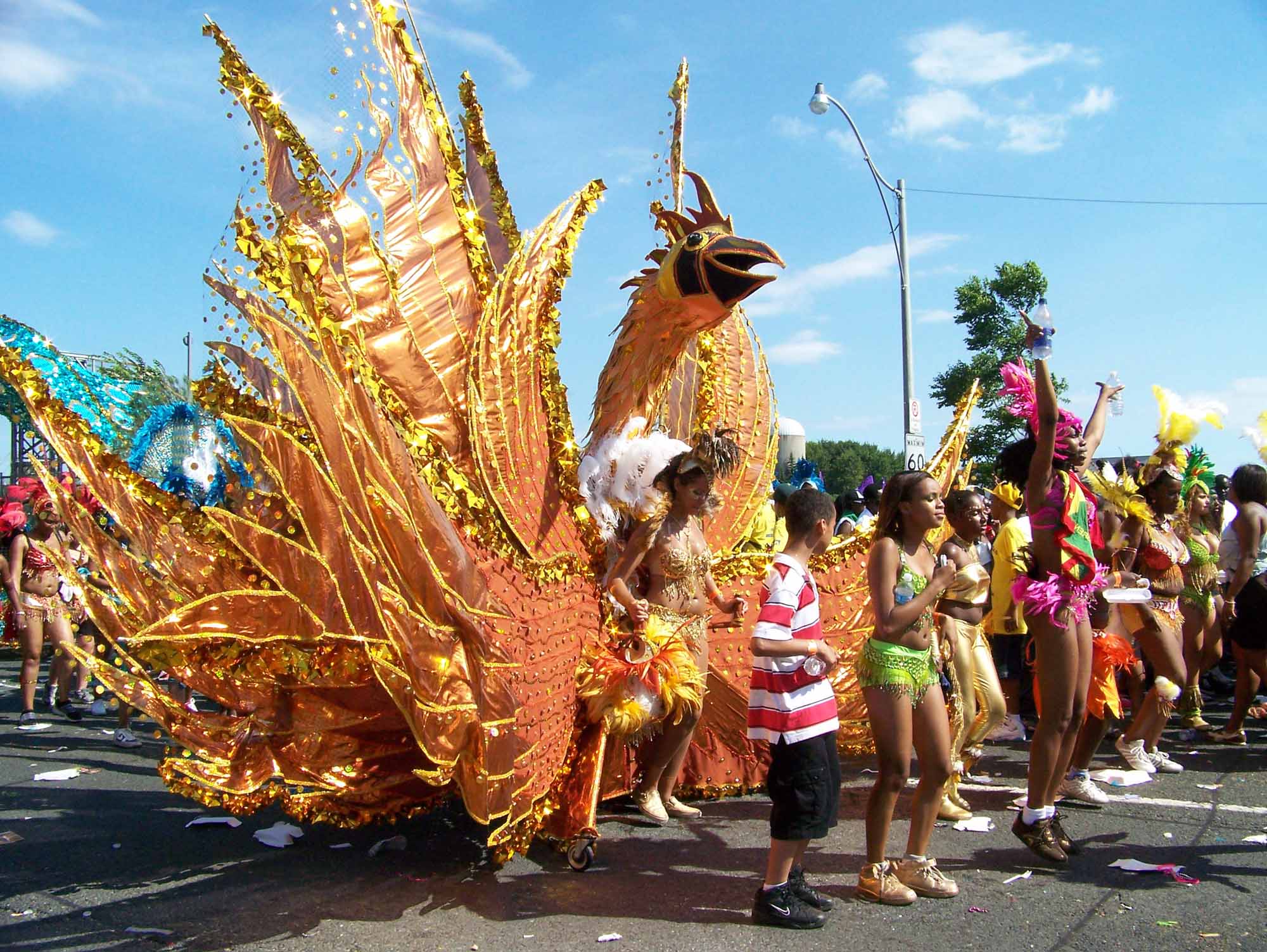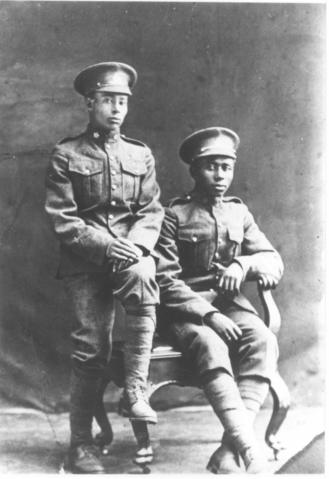The West Indian Domestic Scheme was an immigration program for Caribbean women between 1955 and 1967. Through the scheme, approximately 3,000 Caribbean women emigrated to Canada to work as domestic workers. The program opened the door for many Black Caribbeans to migrate to Canada, giving them an opportunity which would not have been available otherwise. Despite this, the women that participated in the scheme often faced difficult work conditions and racial discrimination. (See Racism.) Due to Canada’s changing immigration policy, the scheme officially ended in January 1968; it was replaced by a points-based system, which provided temporary work permits. Even with the program’s official end, women from the West Indies continued to come to Canada as domestic workers on temporary employment visas for years afterwards. (See Canada’s Temporary Foreign Worker Programs.)

Origins of the Scheme
In the 1950s, Canadian women began entering into new sectors of the workforce in increasing numbers; many left jobs that were once considered “women’s work.” This resulted in a shortage of domestic workers throughout the country. Canada attempted to recruit domestics from Europe, but these initiatives failed. Instead, Britain encouraged Canada to welcome West Indian workers. This would help the West Indies grow economically and would maintain Canada’s trading relations with the Commonwealth islands. As a result, the West Indian Domestic Scheme was implemented by the Department of Citizenship and Immigration in 1955. The scheme had an initial quota of 100 individuals, but the program quickly expanded due to its popularity. At the time, the West Indian Domestic Scheme was the single greatest opportunity Caribbean women (and their families) had to enter Canada on a permanent basis. After one year of work, participating women were granted landed immigrant status and were able to sponsor family members. (See Immigration to Canada; Immigration Policy in Canada.)
A set number of domestic workers from each Caribbean nation were allowed to participate in the program. The largest groups came from Jamaica, the Windward Islands, the Leeward Islands, Trinidad, Barbados and Guyana. To ensure that candidates fulfilled immigration requirements, women went through a rigorous two-week training course. To be eligible for the scheme, women had to be single and be between the ages of 18 and 35; they were also required to have completed grade 8. Additionally, they had to pass a Canadian medical examination which included intrusive testing for venereal diseases. This likely reflected racist perceptions of Black women as being sexually promiscuous. Shortlisted applicants were then interviewed by Canadian immigration officials who visited the islands once a year. These officials focused more on the women and their credentials and did little to prepare them for what life was like in Canada.
Advice to West Indian Women for Work in Canada as Household Helps:
“Remember the West Indies relies on you to do your part towards the success of this scheme”
Working in Canada
Most of the women who arrived in Canada moved to Toronto or Montreal, despite efforts to spread them throughout the country. Many women experienced working conditions that were worse than they had imagined. Some were even expected to work upwards of 18 hours per day, seven days a week. Their salaries were also less than anticipated. Furthermore, many West Indian women faced hostility and racial discrimination (see Racism) when searching for work or housing once their domestic service ended.
Many of the West Indian women grew up in middle-class environments which meant that this was often their first experience with domestic work. This also meant that they did not experience the upward social mobility they had hoped for.
Long working hours caused these women to lead more solitary lives in Canada than they did back home. It was also difficult for West Indian domestic workers to form a community, as they often worked alone and in different houses. Many women developed feelings of loneliness and isolation while some managed to form strong social bonds.
Advice to West Indian Women for Work in Canada as Household Helps:
“Remember, if you fail you will let down not only yourself but your country. If you make good you will be a credit to your country and contribute toward the continuation of the scheme”
Settling in Canada
Once these women worked for one year, they were granted landed immigrant status and became eligible for further educational and work opportunities. They were also allowed to sponsor family members seeking permanent residency, which the government also tried to restrict. Some women could sponsor their fiancés but would have to marry them within 30 days of their arrival. After five years living in Canada, women who arrived on this scheme were eligible for Canadian citizenship. (See Immigration Policy in Canada.)
However, many women experienced the social stigma associated with domestic work because it was amongst the lowest-paid and least-valued female occupations in Canada. As a result, it became even harder to find jobs outside of the program. Many domestic workers had to lie about their experience and means of arriving in Canada. This stigma also meant that many women remained employed as domestics for longer than they had intended.
Shift to Temporary Visas
The Department of Citizenship and Immigration was not concerned about improving the condition of domestic workers in Canada. Instead, they simply stopped granting automatic landed immigrant status to domestics and eventually ended the scheme altogether in January 1968. This coincided with the introduction of the immigration points system. (See Immigration Policy in Canada.)
Women from the West Indies continued to come to Canada as domestic workers using temporary employment visas for years afterward. (See Canada’s Temporary Foreign Worker Programs.) However, women who arrived on these temporary visas had less support from the government and were dependent on their employers for sponsorship. Employers could take advantage of these women’s situations, paying workers less for longer hours and imposing even harsher working conditions. Domestics became fearful of deportation should they make a complaint. These abuses made domestic workers vulnerable, both economically and personally, as many also had to endure sexual harassment and assault.
After numerous cases about their poor treatment became public, the government re-examined its immigration policy in November 1981. Accusations that the government condoned the racial exploitation of West Indian women produced a policy amendment. (See Racism.) This revision allowed domestics on temporary employment visas, who had been living in Canada for at least two years, to apply for permanent residency.
Legacy
The women who arrived through this scheme helped reshape Canada and made significant contributions to Canadian society. They also helped build thriving Caribbean communities in Toronto and Montreal. The Honourable Jean Augustine notably participated in the West Indian Domestic Scheme, arriving in Canada from Grenada in 1960.
In July 2020, the West Indian Domestic Scheme was designated of national historic significance by the Government of Canada.

 Share on Facebook
Share on Facebook Share on X
Share on X Share by Email
Share by Email Share on Google Classroom
Share on Google Classroom



